Vasily Vereshchagin - soldier, artist, patriot
To ordinary people, Vereshchagin is known primarily as the author of the amazing Apotheosis of War painting, which makes one wonder about the meaning of life, and only amateurs and experts of this gifted Russian artist know that his brushes also belong to the paintings of many other military series that are no less interesting and reveal in their own way the identity of this wonderful Russian artist.
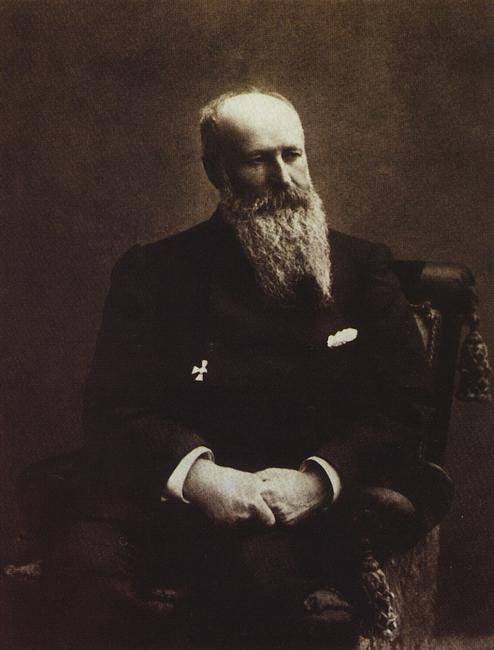
Vasily Vereshchagin was born in 1842 year in Cherepovets, in the family of a simple landowner. From childhood, he, like his brothers, was predetermined by his parents in a military career: as a nine-year-old boy, he enters the naval cadet corps in St. Petersburg, which ends up with Vereshchagin with the rank of midshipman.
From early childhood, Vereshchagin trembled with his soul in front of any examples of painting: popular prints, portraits of the generals Suvorov, Bagration, Kutuzov, lithographs and engravings magically acted on the young Basil, and he dreamed of being an artist.
Therefore, it is not surprising that after a short period of service in the Russian army, Vasily Vasilyevich resigns to enroll in the Academy of Arts (studies there in the period from 1860 to 1863 a year). Studying at the Academy does not satisfy his restless soul, and, interrupting his studies, he leaves for the Caucasus, then moves to Paris, where he studies drawing in the workshop of Jean Leon Gerome, one of the teachers of the Paris School of Fine Arts. Thus, traveling (and the traveler Vereshchagin was avid, literally could not sit on the spot and the year) between Paris, the Caucasus and St. Petersburg Vasily Vasilyevich got practical experience of drawing, striving, as he himself said, “to learn from the living chronicle stories of the world. "
Officially learning painting in the Paris Academy, Vereshchagin graduated from 1866 in the spring, returned to his homeland, Petersburg, and soon accepted an offer from General KP Kaufman (who was then the Turkestan Governor-General) to join him as an army artist. So, Vereshchagin in 1868 turns out to be in Central Asia.
Here he receives baptism of fire - participates in the defense of the Samarkand fortress, which from time to time attacked the troops of the Bukhara emir. For the heroic defense of Samarkand, Vereshchagin received the Order of Saint George of the 4 class. By the way, it was the only reward that Vereshchagin, who fundamentally rejected all ranks and titles (as evidenced by the bright case of Vasily Vasilyevich’s refusal of the Academy of Arts, for example), accepted and proudly wore ceremonial dress.
On a trip to Central Asia, Vereshchagin gave birth to the so-called “Turkestan series”, which included thirteen independent paintings, eighty-one etude and one hundred thirty-three drawings - all based on his travels not only in Turkestan, but also in southern Siberia, western China , mountainous areas of Tien Shan. The Turkestan Series was shown at the personal exhibition of Vasily Vasilyevich in London in 1873, later he came with paintings to exhibitions in Moscow and St. Petersburg.
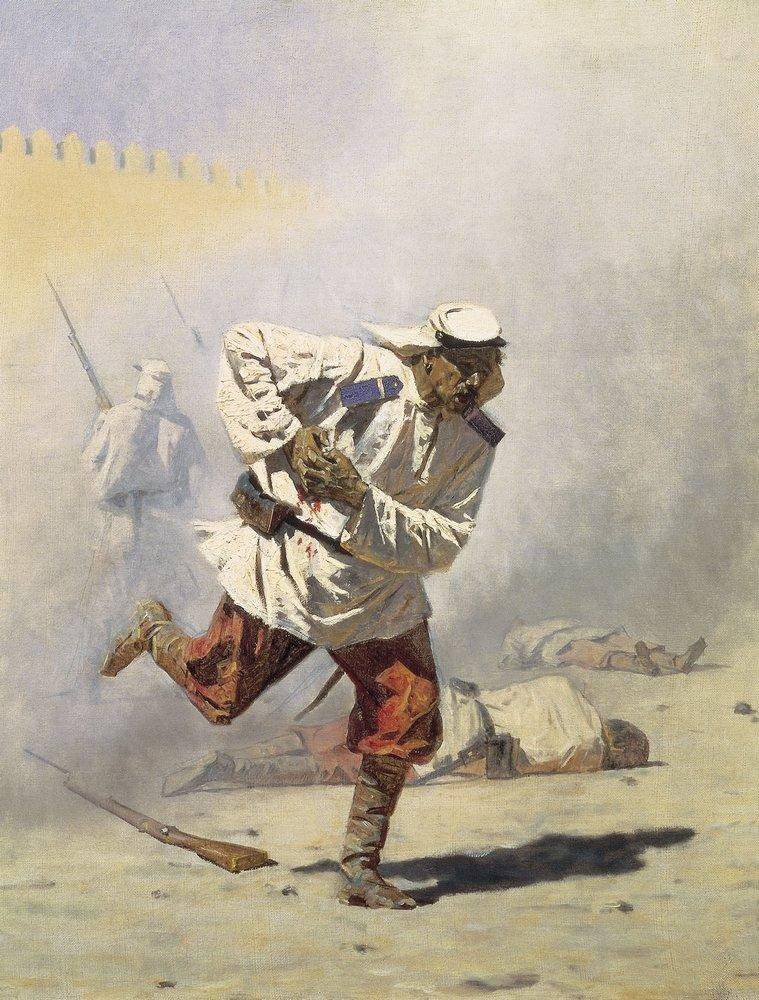
The style of the paintings in this series was quite unusual for the rest of the representatives of the Russian realistic art school, not all painters were able to adequately perceive the style of drawing by the young artist. Plot these paintings have an impurity of imperial plaque, some kind of detached look at the essence and cruelty of oriental despots and the realities of life, a little frightening to the Russian people who are not used to such pictures. The series is crowned by the famous painting “Apotheosis of War” (1870 – 1871, stored in the Tretyakov Gallery), which depicts a pile of skulls in the desert; it is written on the frame: "Dedicated to all the great conquerors: past, present, and future." And this inscription sounds like an unconditional sentence of the very essence of war.
Barely having learned about the outbreak of the Russian-Turkish war, Vereshchagin went to the active Russian army, leaving for the time his Paris workshop, in which he worked from the middle of the 70-s. Here Vasily Vasilyevich is considered to be the adjutant commander-in-chief of the Danube army, while giving the right to free movement around the troops, and he uses this right with might and main to reveal his new creative ideas - this is how his name will be called the Balkan series.
During the Russian-Turkish campaign, many officers familiar to Vereshchagin reproached him more than once for risking his life under the enemy’s fire to fix the scenes he needed. Vasily Vereshchagin replied: “I wanted to see a big war and present it later on the canvas, not as it is traditionally presented, but as it is and in reality ... "
During the Balkan campaign Vereshchagin participates in military battles. At the beginning of the fighting, he was seriously wounded, and almost died from wounds in the hospital. Later, Vasily Vasilyevich participates in the third assault on Pleven, in the winter of the year 1877, together with a detachment of Mikhail Skobelev, passes through the Balkans and participates in the decisive battle at Shipka near the village of Sheinovo.
After returning to Paris, Vereshchagin begins work on a new series dedicated to the just-gone war, and works with even more than usual obsession, in a state of tremendous nervous tension, practically without resting or leaving the workshop. The Balkan series is about 30 paintings, and in them Vereshchagin seems to be challenging the official pan-Slavic propaganda, recalling the miscalculations of the command and the serious price paid by the Russian troops for the liberation of the Bulgarians from the Ottoman yoke. The most impressive is the artwork “The Defeated. Requiem” (1878 – 1879, the picture is kept in the Tretyakov Gallery): a large field with the corpses of soldiers sprinkled with a thin layer of earth is spread out under a dull gloomy sky. From the picture breathes longing and homelessness ...
In the 19th century 90, Vasily Vereshchagin settles in Moscow, where he builds a house for himself and his family. However, the thirst for wandering once again seizes him, and he sets off on a journey, this time to the north of Russia: along the Northern Dvina, to the White Sea, to Solovki. The result of this journey for Vereshchagin was the appearance of a series of sketches, which depict the wooden churches of the Russian North. In the Russian series of the artist there are more than a hundred picturesque sketches, but at the same time there is not a single large painting. This can probably be explained by the fact that at the same time Vasily Vasilyevich continues to work on the business of his whole life - a series of canvases about the 1812 war of the year, which he began in Paris.
Despite being active in creative life, Vereshchagin very acutely feels his detachment from the general artistic life of Russia: he does not belong to any of the pictorial societies and trends, he has no pupils and followers, and all this is probably not easy for him to perceive.
In order to somehow unwind, Vereshchagin resorts to his favorite way - he sets off on a trip to the Philippines (in 1901 year), following the recent Spanish-American war, in 1902 - twice in Cuba, and later goes to America, where he writes a large canvas " Capture by Roosevelt of Saint-Juan Heights ". For this picture, Vereshchaginu poses the president of the United States.
At the same time, Vasily Vereshchagin works in the literary field: he writes autobiographical notes, travel essays, memoirs, articles on art, actively appears in the press, and many of his articles are brightly anti-militaristic. Few people know about this fact, but in 1901, Vasily Vereshchagin was even nominated for the first Nobel Peace Prize.
Vereshchagin with great anxiety meets the beginning of the Russo-Japanese War, to stay away from the events of which he, of course, could not - such was his restless nature. Having approached the commander in chief of the Pacific fleet Admiral S.O. Makarov, on April 13, 1904, he went to sea on the flagship battleship Petropavlovsk to capture the battle for history, and this exit was the final chord of his life for him - during the battle, Petropavlovsk was blown up on Port Arthur's outer raid ...
Vasily Vasilyevich Vereshchagin, the artist who always followed the Russian troops in the vanguard of the Russian troops, the man who fought for the peaceful resolution of all conflicts, and, ironically, died during the battle, is what we remember.
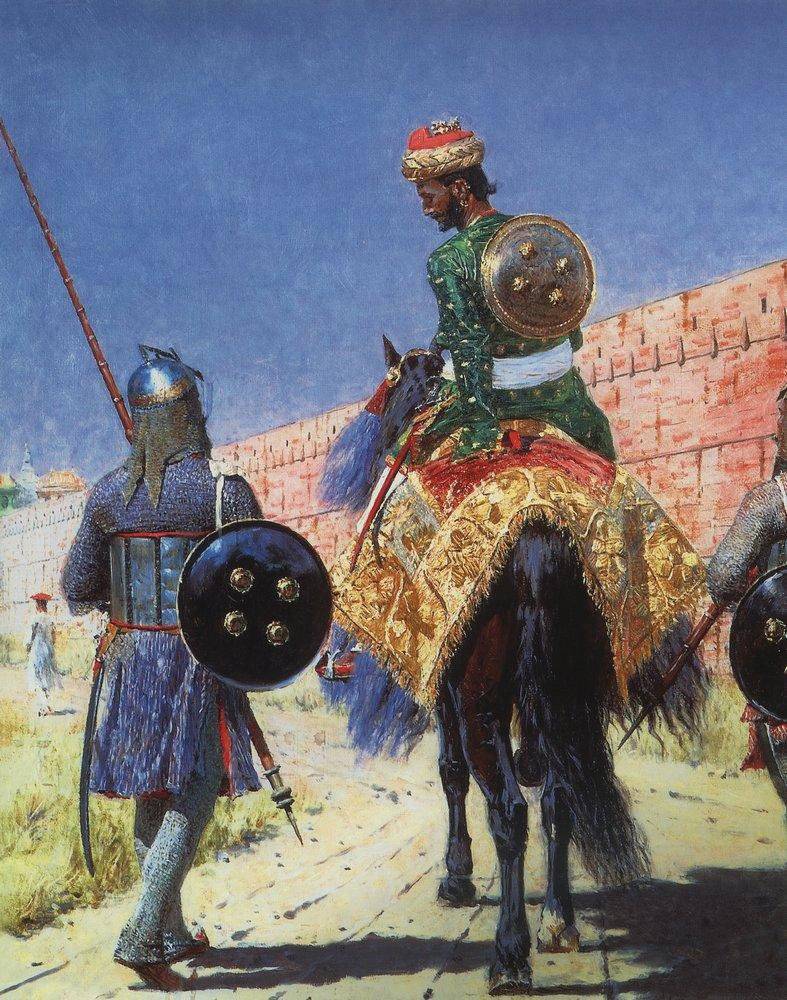
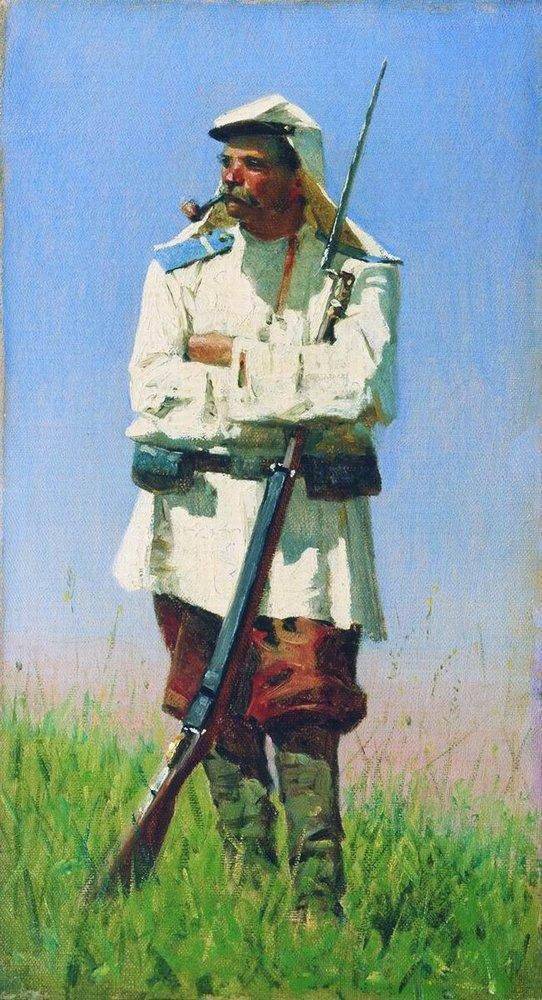
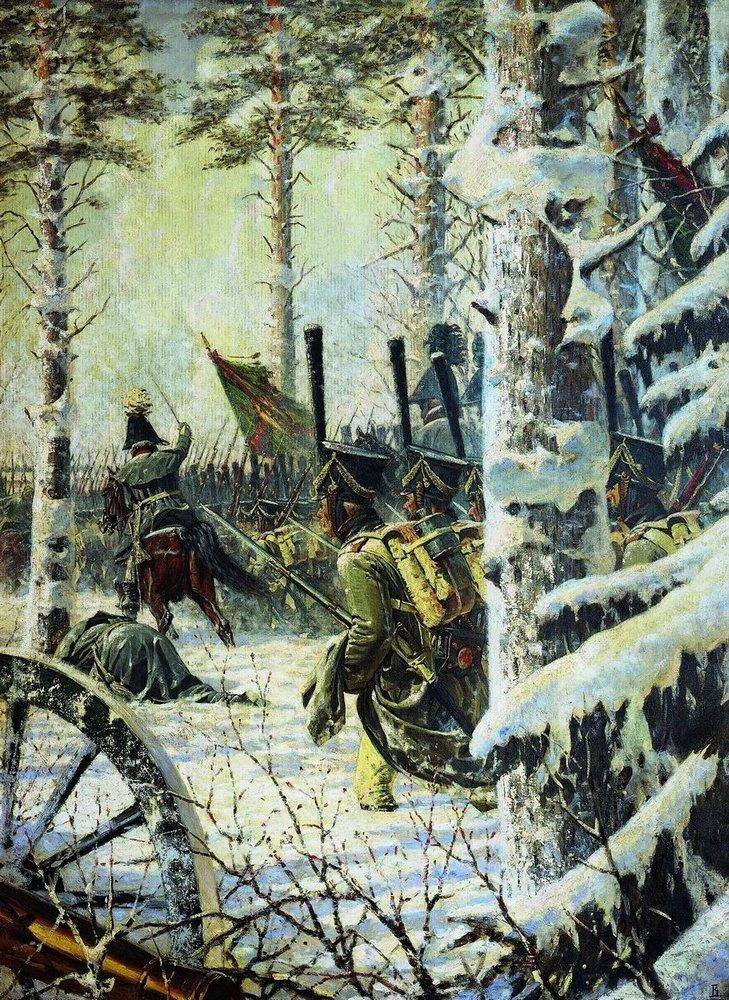
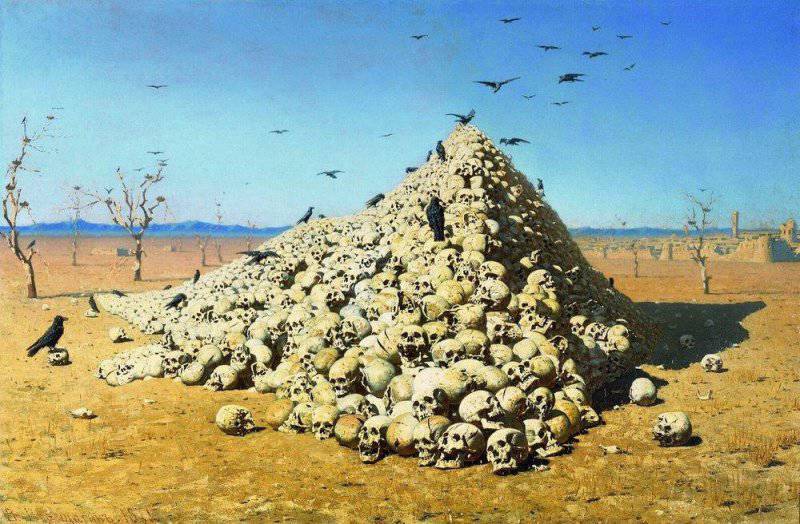
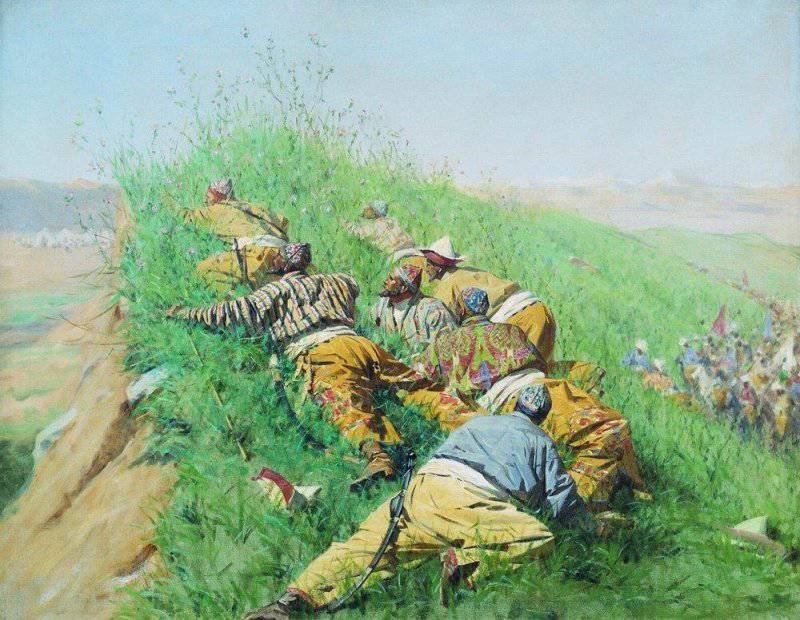
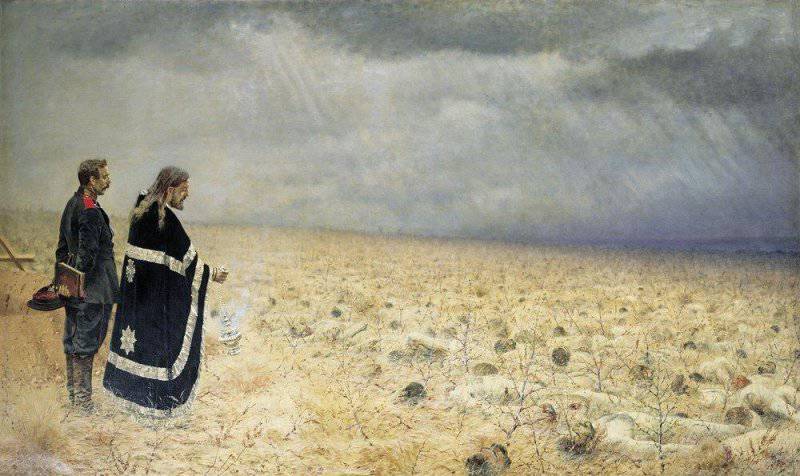
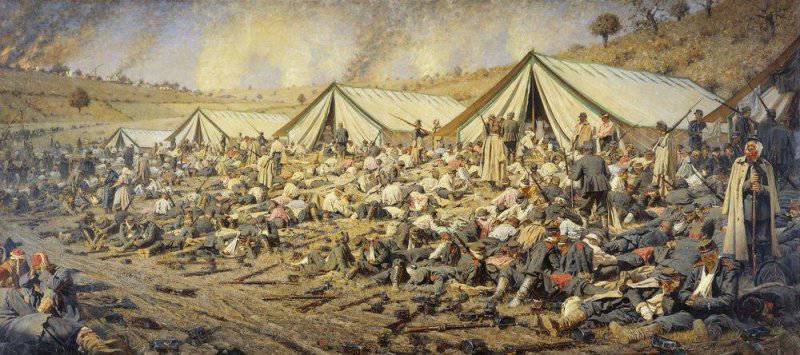
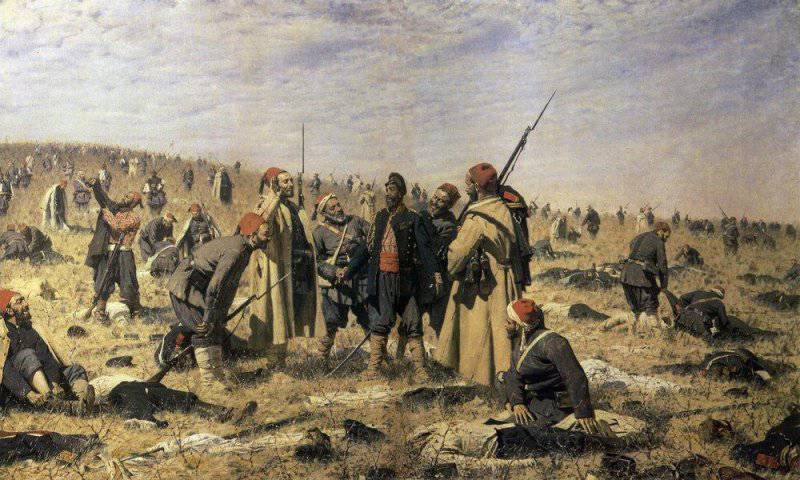
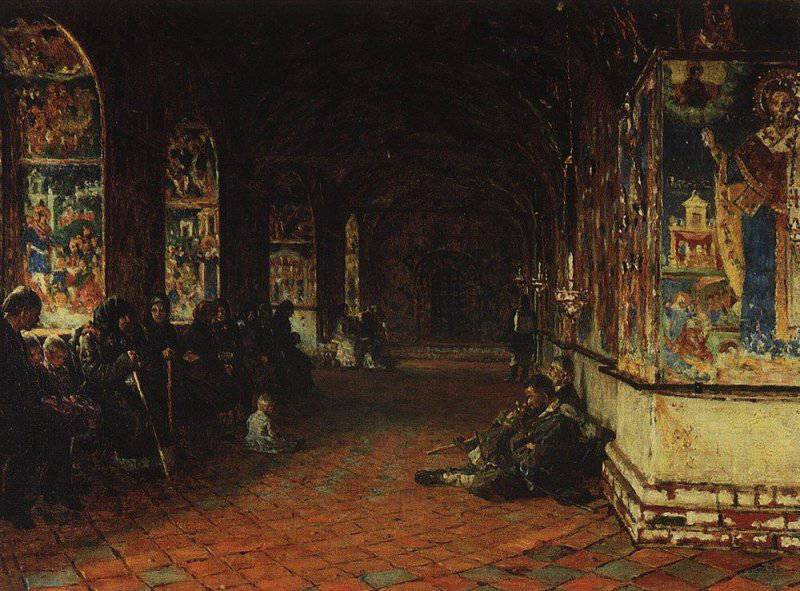
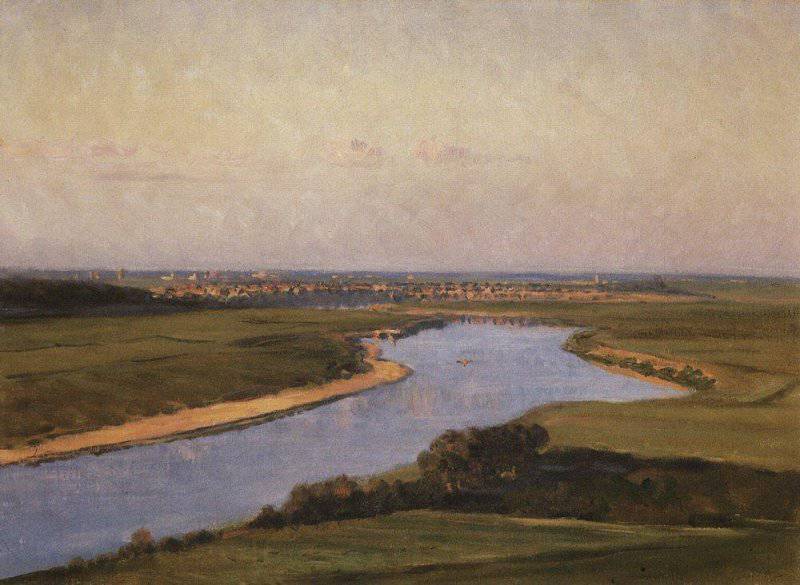
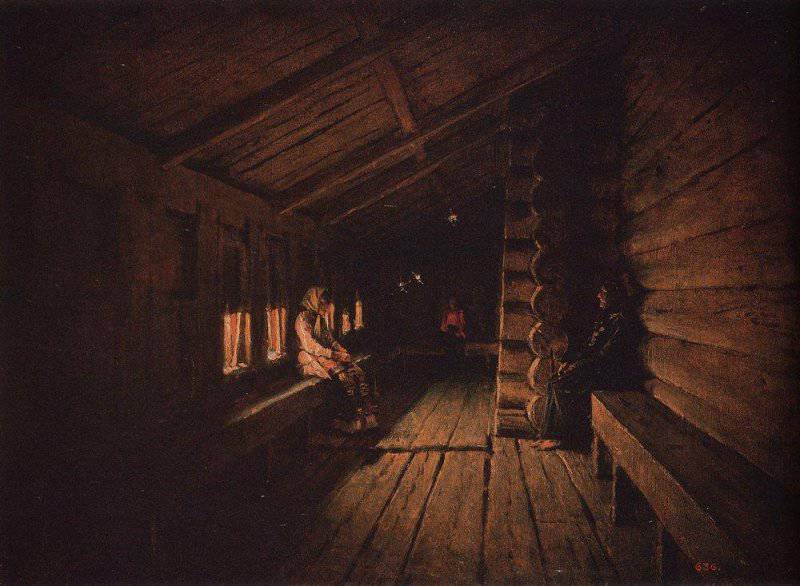
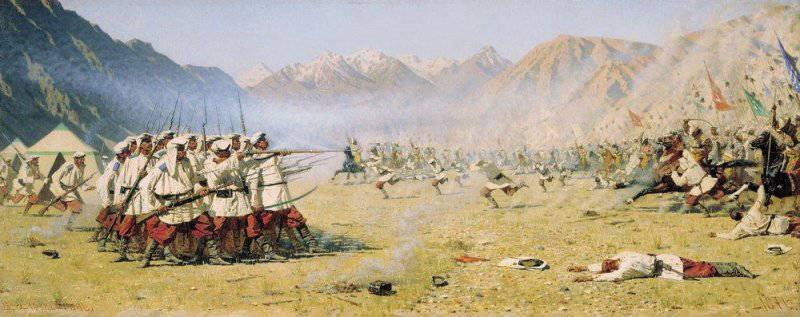
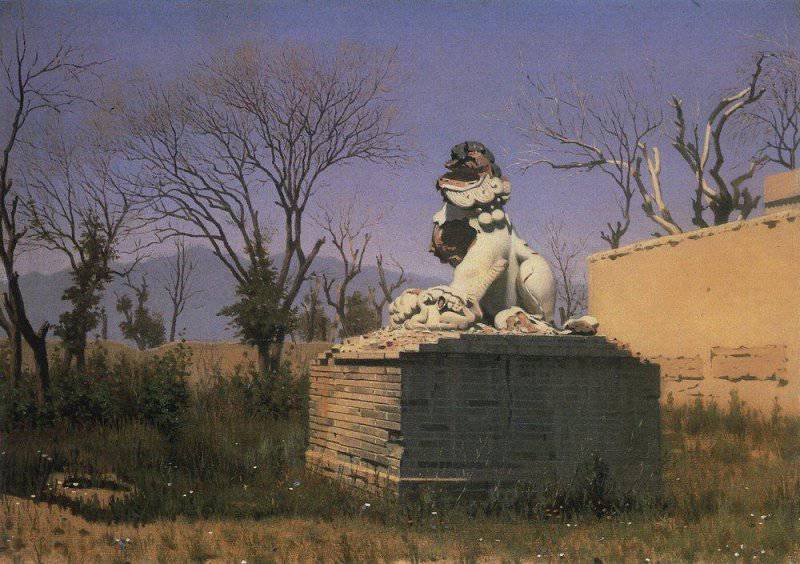
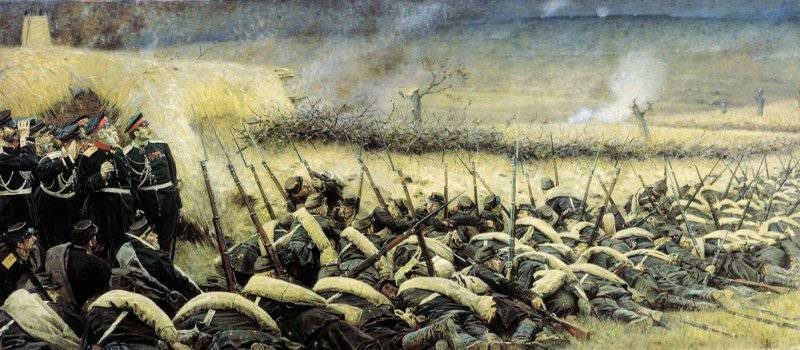
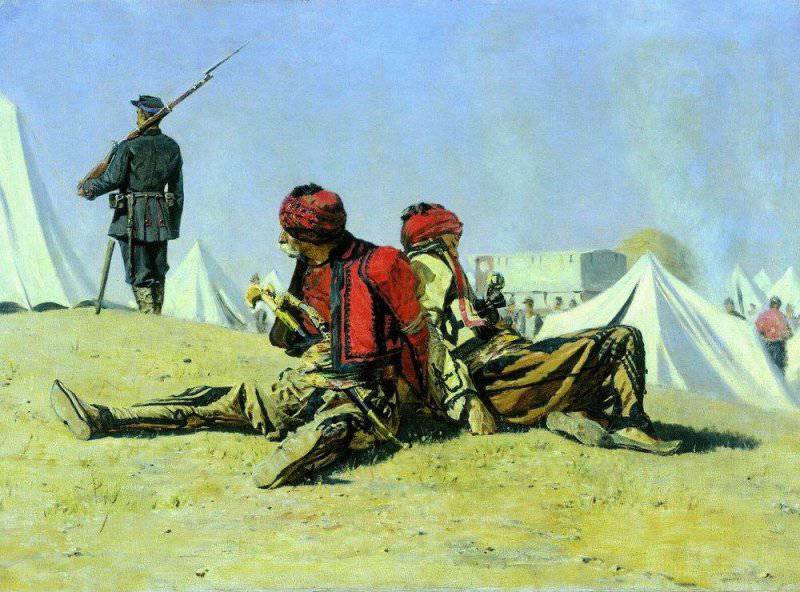
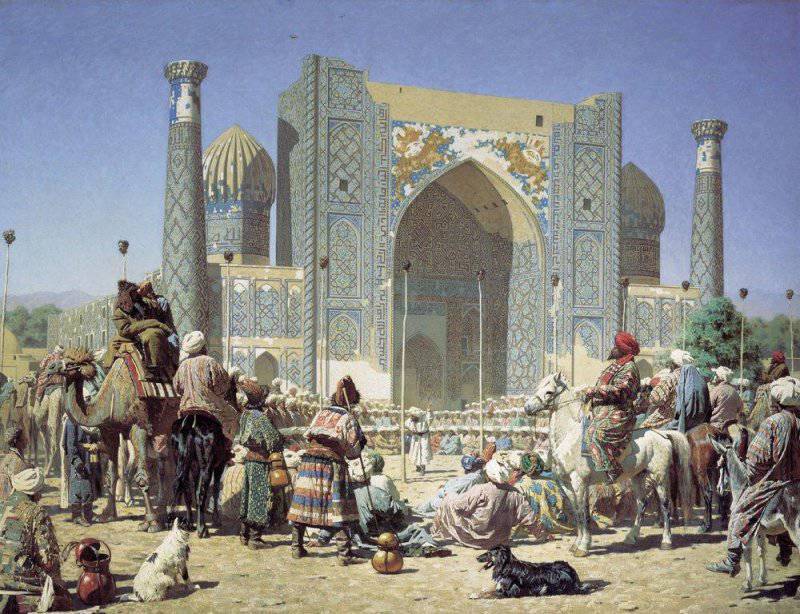
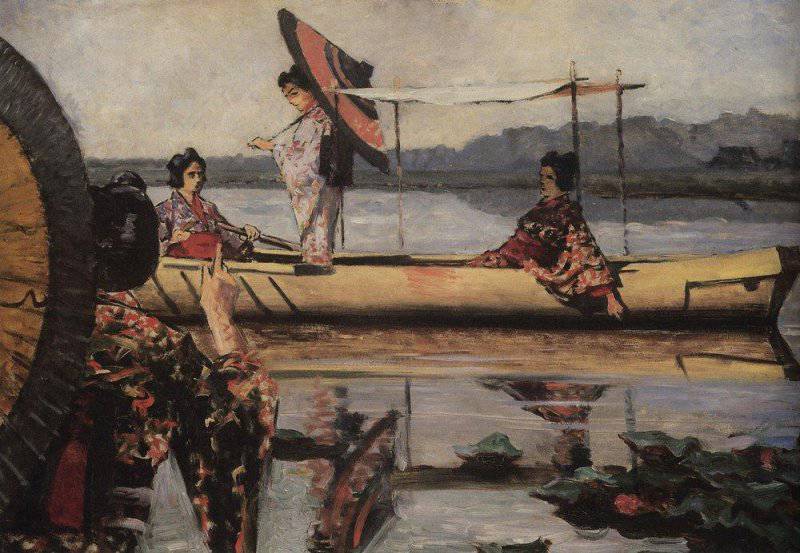
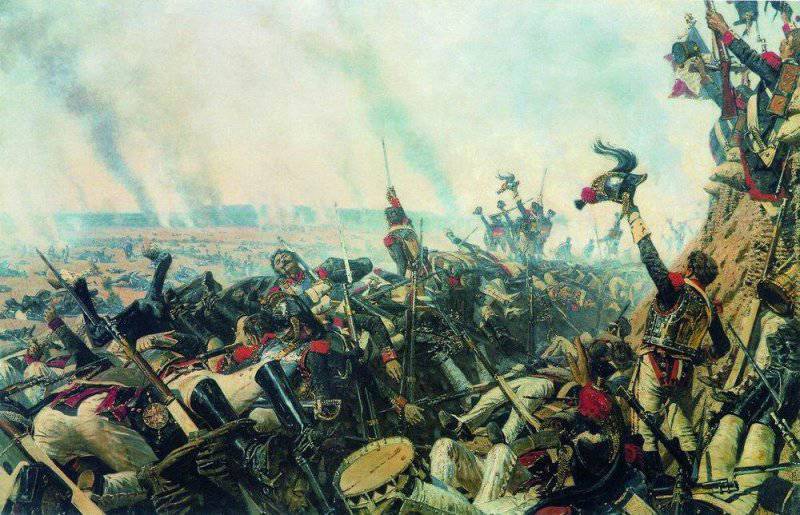
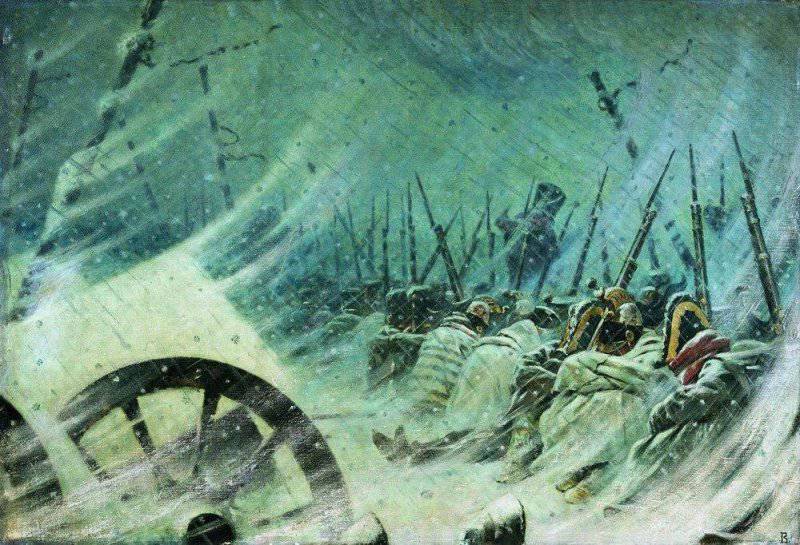
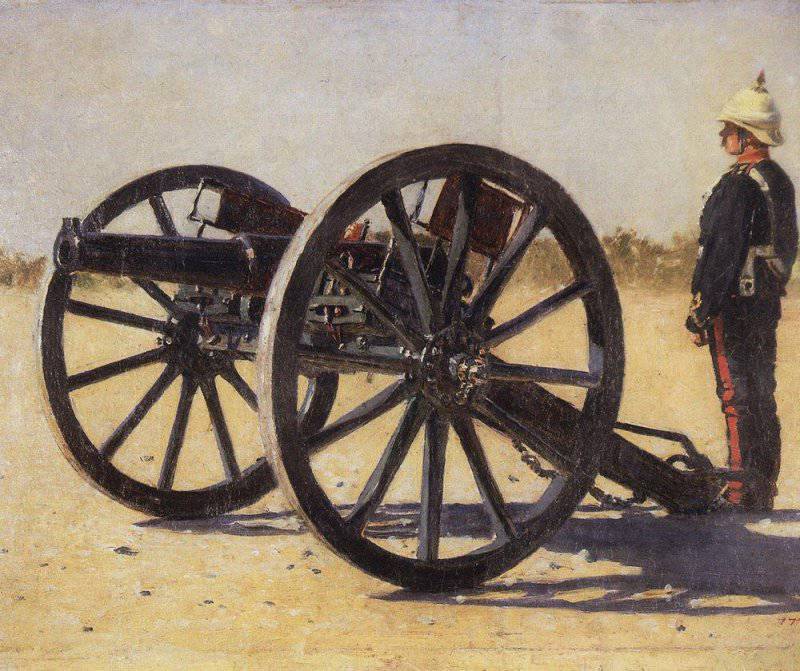
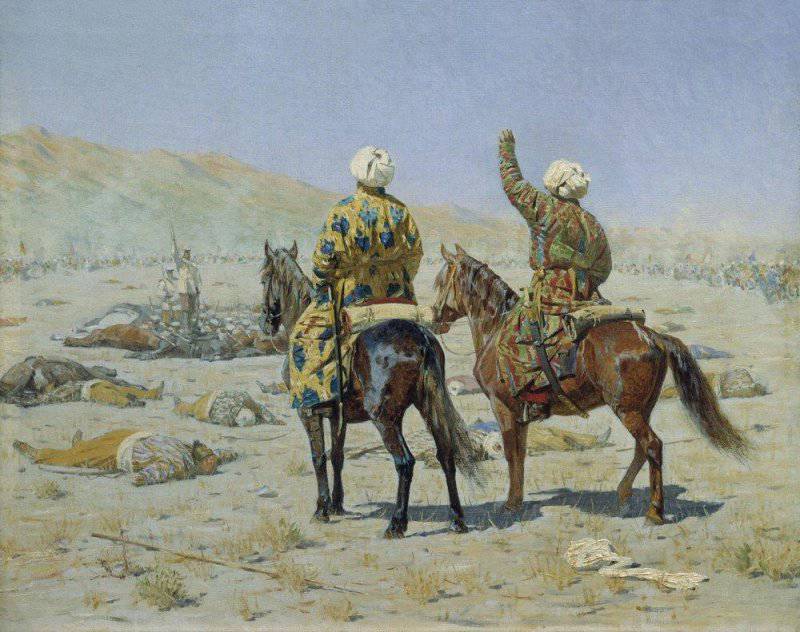
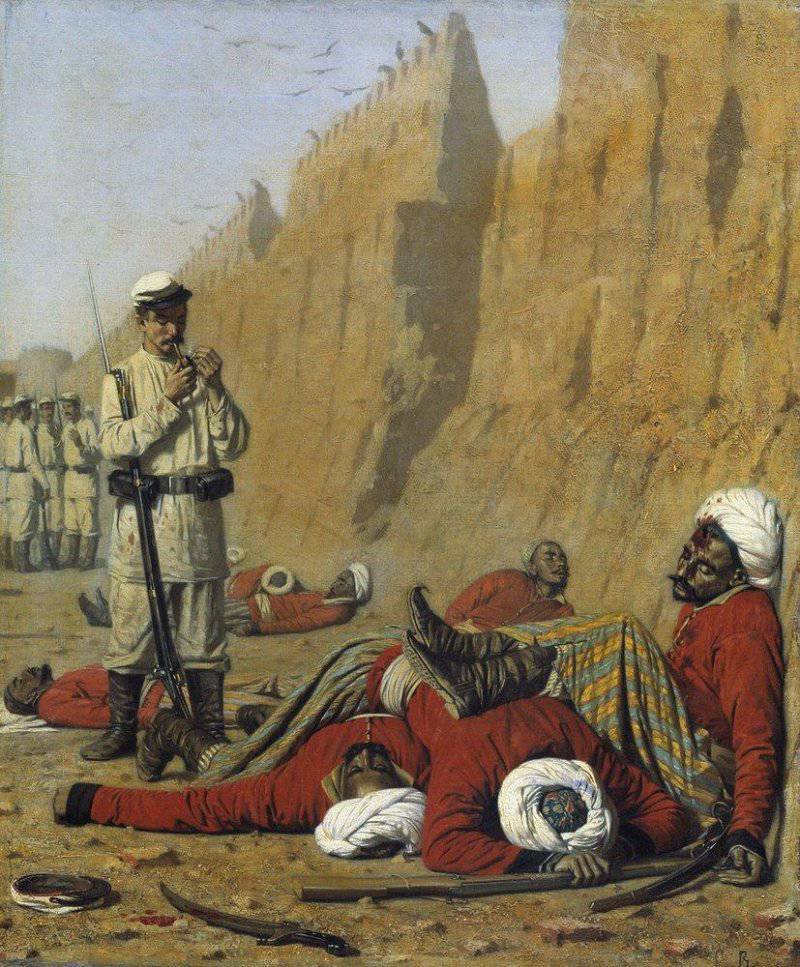
Information